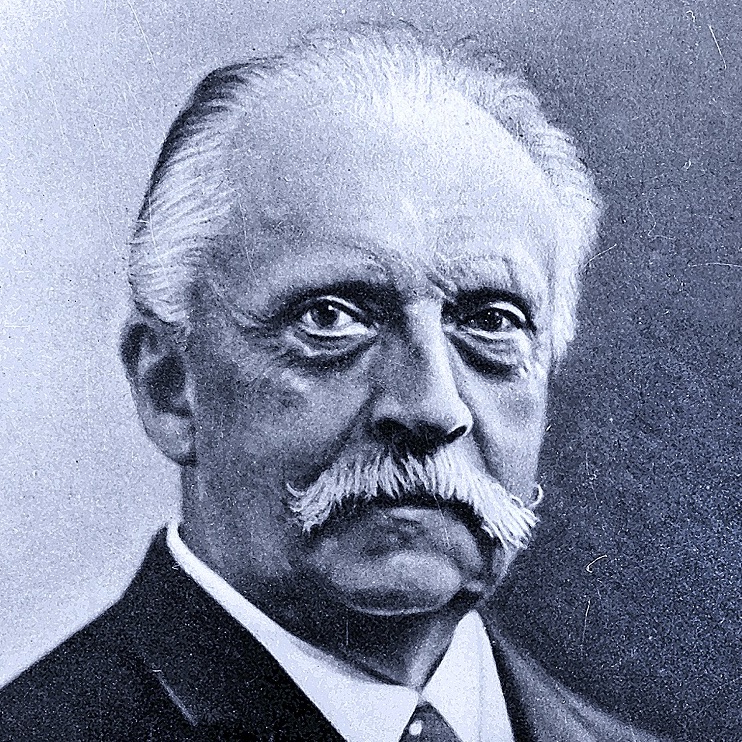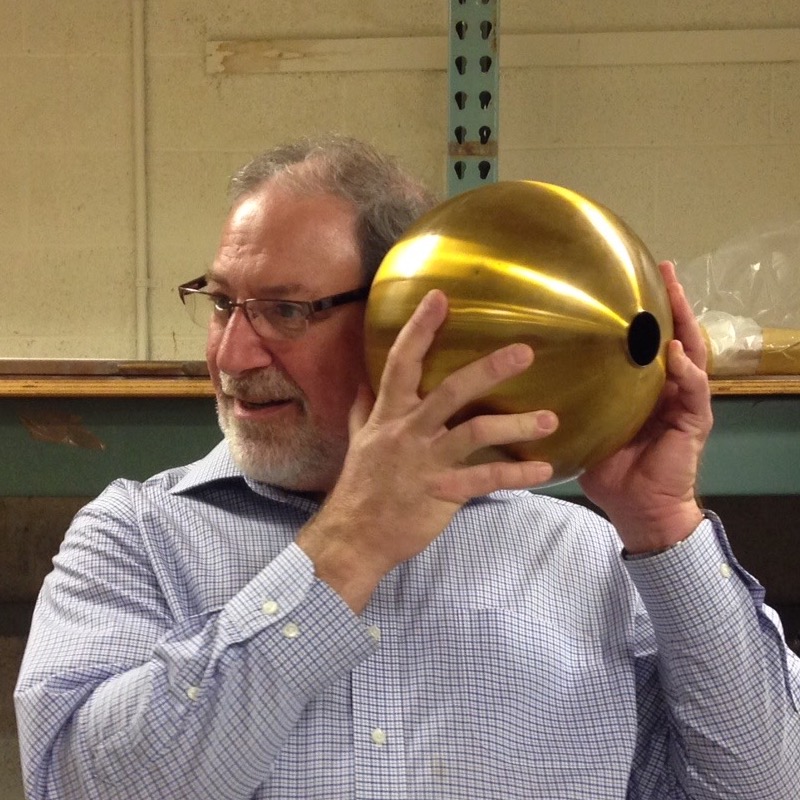Chapter One: An Acoustics Primer

1. Introduction
All musicians work with sound in one fashion or another, yet most have little understanding of its properties. Computer musicians, in particular, can benefit in myriad ways from an understanding of the mechanisms of sound, its objective measurements and the more subjective area of its perception. Not only is this understanding crucial to the proper use of common studio equipment and music software, but novel compositional strategies can be derived from exploiting much of the information contained in this chapter. One would expect a painter to know about the properties of paint—the same should hold true for the composer’s understanding of acoustics and psychoacoustics.
The physics of sound (acoustics) is often confused with the way in which we perceive it (psychoacoustics). This chapter begins with a study of sound’s physical characteristics and common measurements, followed by a discussion of human aural and musical perception.

HERMANN VON HELMHOLTZ
Physicist and physician considered by many to be the father of modern acoustics and psychoacoustics, amongst many other disciplines. Wrote On the Sensations of Tone in 1863. Also developed the ophthalmoscope, so you can blame him for the blinding light at your next eye exam.

EXPERIENCING RESONANCE
The author (Jeffrey Hass) with a Helmholtz resonator made by Rudolph Koenig (1832-1901) in the archives of the Smithsonian National Museum of American History. Listening to a tone at the device's tuned resonant frequency "brays into the ear most powerfully (Helmholtz)"

HARVEY FLETCHER
Physicist Harvey Fletcher determined our perception of loudness depends not only on amplitude, but varies with the frequency of the sound, codified in famous contours he developed with Wildon Munson known as the Fletcher-Munson Equal Loudness curves. He also developed early stereo recording techniques.